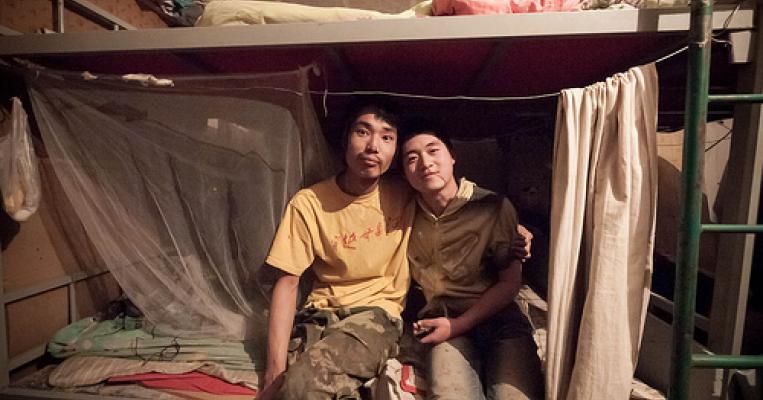
China's Imaginary Middle Class
THE SOURCE: “Crossing the 50 Percent Population Rubicon: Can China Urbanize to Prosperity?” by Kam Wing Chan, in Eurasian Geography and Economics, Jan.–Feb. 2012.

THE SOURCE: “Crossing the 50 Percent Population Rubicon: Can China Urbanize to Prosperity?” by Kam Wing Chan, in Eurasian Geography and Economics, Jan.–Feb. 2012.
In China, social mobility is inextricably tied to migration—the best-paying jobs are in cities. As more and more Chinese trade the hoe for the conveyor belt, the thinking goes, a middle class will naturally form. There are reasons to trust such a scenario: It has been a classic pattern since Britain pioneered it during the Industrial Revolution. Last year, for the first time in China’s history, more than half of the country’s population (which then totaled almost 1.35 billion people) was living in cities. Furthermore, a Brookings Institution economist has estimated that China’s middle class will grow from 12 percent of the population in 2010 to 50 percent by 2021.
But geographer Kam Wing Chan, of the University of Washington, Seattle, argues that the development of a Chinese middle class faces a formidable obstacle: the hukou system, a residential registration scheme imposed under Mao Zedong that governs local employment eligibility and access to schooling and other government services. Chan thinks it threatens to choke off the benefits of urbanization.
An ideological relative of the Soviet prospiska system, hukou was originally a method for the government to manage the planned economy and ensure the proper distribution of labor. The system has persisted, and benefits remain substantially greater in urban areas. But it’s very difficult for people to obtain urban hukou status even after living and working in a Chinese city for years.
That means that many Chinese migrant workers—Chan puts the number at 160 million—are effectively second-class citizens. They are unable to rise beyond menial, low-paying factory jobs; lack access to adequate unemployment compensation, pensions, and public housing; and must pay additional fees for basic services, such as public school for their children. The majority of workers with urban hukou receive government pension contributions and health care, for instance, but only about 10 percent of rural migrant workers get either. They are far from being a budding middle class.
Statistics from China are notoriously fuzzy, and some China watchers suggest that the migrant workers are steadily acquiring urban hukou. The system, they claim, may be on its way to being abolished. Chan is skeptical. According to his scrutiny of the numbers, “only a very small number of rural migrant workers are given urban hukou every year, given the near impossibility of obtaining one without a college education or a lot of money.”
Chan suggests that in the coming decades, China may not so much resemble Britain as Latin America. There, “urbanization has not brought a much larger consuming class, but . . . has simply shifted rural poverty to urban poverty, creating sometimes greater miseries for the poor and greater social and economic polarization.”